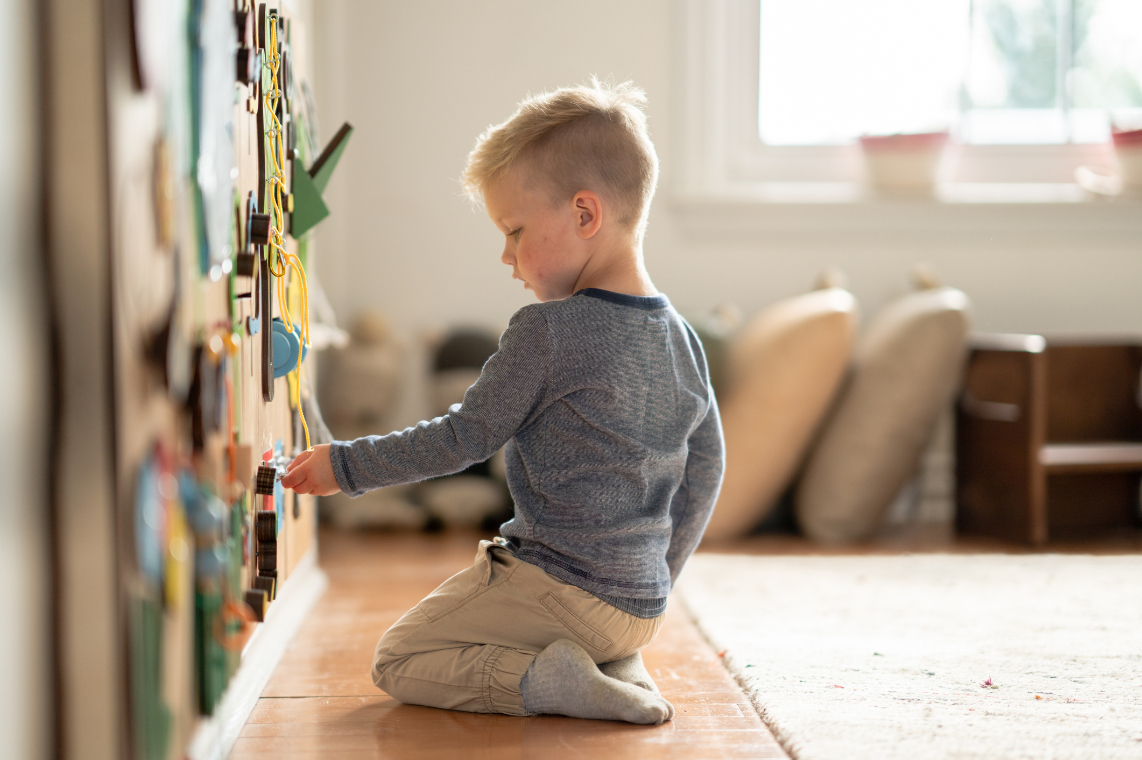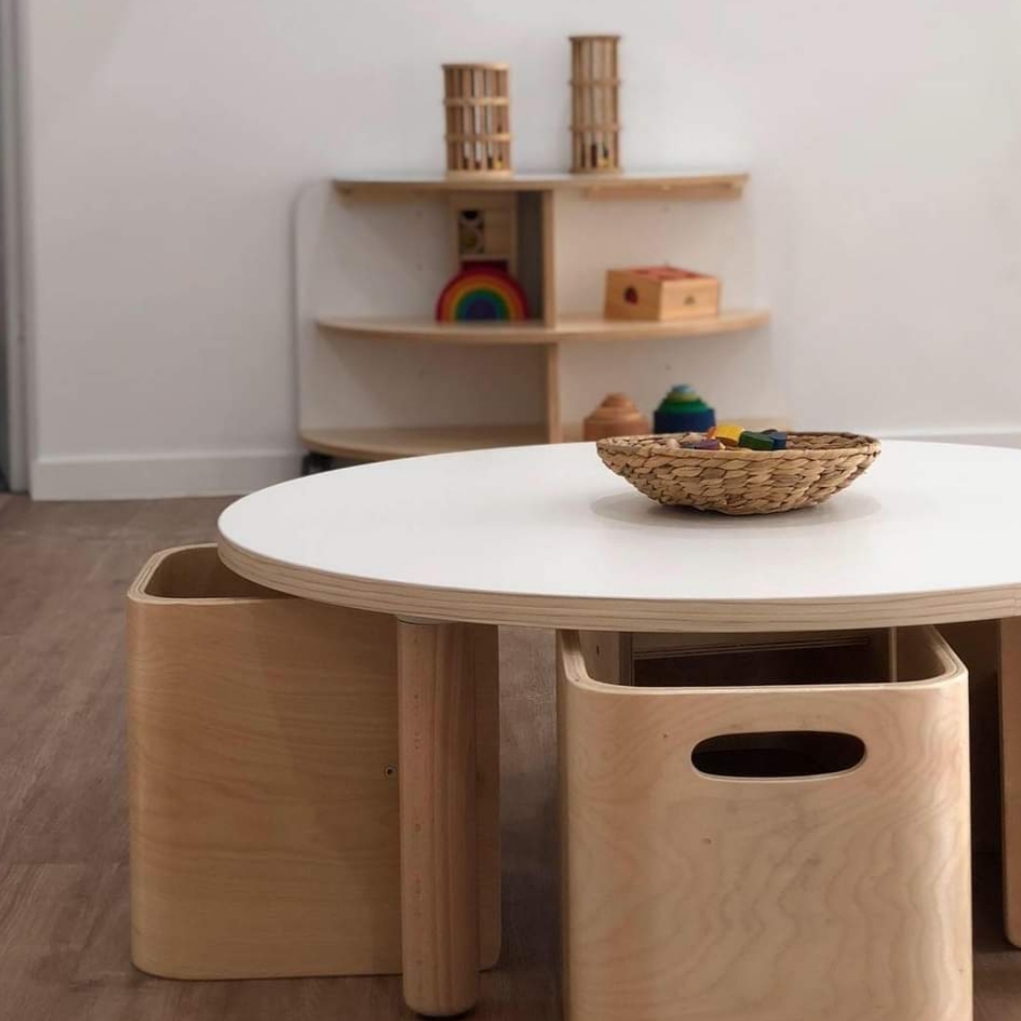
Everyone is unique: Why we need to talk to children about neurodiversity
Diversity comes in many shapes and forms, and it’s up to us as adults – whether parents, educators, or both – to encourage children to truly understand, embrace and accept the diversity of their peers and the world around them.
For children who are neurodivergent, considering how your space can help them feel comfortable will make a world of difference to how they experience being away from the comforts of home.
Here are our top tips for creating an inclusive environment in your early learning environment:
1. Show and tell with a twist
Not every child will feel comfortable with bringing in their favourite item. They may not feel comfortable speaking in front of their peers and prefer to express themselves in other ways. Every child can learn from the different ways people express themselves, so introducing show and tell with a twist is a great start. Children may decide to pass around a painting they’ve done. They may wish to sing or dance. They may even want the class to play their favourite game all together. The possibilities for adding a ‘twist’ to show and tell are endless. The more options and ideas you give, the more opportunities you have for everyone to feel comfortable and secure in how they want to share their passions, skills or talents.
2. Create a sensory space
Being in large group situations with a number of activities can be overwhelming at times. Sensory rooms and spaces play an essential role in grounding, calming and re-centring neurodivergent children. An entire separate room is ideal, however a dedicated space will also suffice if necessary. Some ideas include:
Tactile resources:
These can be a DIY job by adding a few different items in varying textures into a zip lock bag. This could include alfoil in one bag, paint in another and even sand in another – just ensure the bags are secure enough and difficult to open especially if younger children are using them. Exploring the textures by touch, sight and sound helps to regulate emotions and provide a sense of calm. You could even get all the children in your early learning environment involved in making these resources so they can get an understanding of their benefits and why they might be useful.
Lighting:
Lights are another way to regulate emotions and create a sense of calm. Simple fairy or festoon lights are effective, or if you’re looking for more of an elaborate centrepiece, you can find options here.
If you’re looking for ready-made resources, we have many to choose from here.
We also have a blog post dedicated to creating sensory rooms which you can find here.
3. Encourage conversation at home
While you can successfully nurture welcoming environments at your early learning centre, children also need to have guidance from caregivers at home on all things diversity. Discussing neurodiversity may be a new concept for many caregivers, so it’s important to assist if needed. In your caregiver communications, you may wish to provide resources that are easy to understand and relay back to children in a simple way.
Encouraging a focus on conversations about people’s unique abilities and the way they do things and see the world is a good start. Normalising everyone’s unique contribution to the world from a young age will help to foster a sense of understanding and inclusiveness in this next generation.
This resource may be a helpful starting point for any communications you send out.
Inclusivity and acknowledgement of diversity is so important to teach from a young age. By implementing a few simple practices and key teachings, our next generation is bound to be one of acceptable, knowledge and unity.











